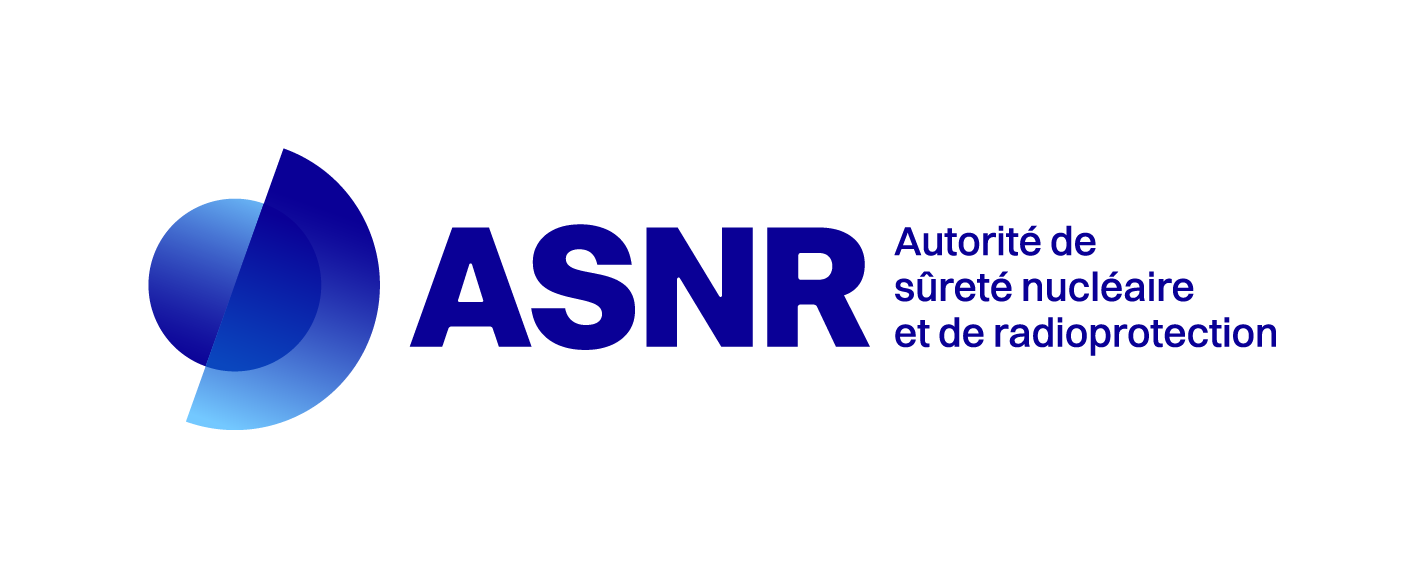Cohort profile: ORICAMs, a French cohort of medical workers exposed to low-dose ionizing radiation
Résumé
Medical personnel represent the largest group of workers occupationally exposed to ionizing radiation. Although the health risks associated with occupational exposure to low doses of ionizing radiation in the medical field have been investigated in several national cohorts, no study has been conducted in France to date. The ORICAMs (Occupational Radiation Induced Cancer in Medical staff) cohort is a nationwide French longitudinal cohort of medical workers exposed to ionizing radiation aiming to investigate the risk of radiation-associated cancer and non-cancer mortality. The ORICAMs cohort was set up in 2011 and includes all medical personnel monitored for ionizing radiation exposure with at least one dosimetric record in the SISERI database (the national registry for monitoring ionizing radiation exposure in workers) over the period 2002–2012. Causes of death were abstracted from death certificates and coded according to ICD-10. The follow-up ended on 31/12/2013. Standardized mortality ratios (SMRs) were calculated by cause of death to compare the mortality in the cohort to that in the French population, by gender, age group and calendar period. Among the 164,015 workers included in the cohort (60% women) a total of 1,358 deaths (892 in male and 466 in female) were reported. The observed number of all-cause deaths was significantly lower than expected based on national rates in both male (SMR = 0.35; 95% CI: 0.33, 0.38; n deaths = 892) and female (SMR = 0.41; 95% CI: 0.38, 0.45; n deaths = 466). This analysis leads to the conclusion that mortality in French workers exposed to medical radiation is significantly lower than the national reference rates. However, these results based on a comparative analysis with national rates may be impacted by the healthy worker effect towards low SMRs, and do not enable to establish a potential relationship between occupational exposure and mortality risk, even if we may suspect an impact of high SES of these professionals on the observed decreased mortality. Thus, further dose-response analyses based on individual ionizing radiation exposure and job’s type will be conducted to characterize correlation between risk of cancer mortality and occupational exposure.
Domaines
Santé publique et épidémiologie| Origine | Fichiers produits par l'(les) auteur(s) |
|---|---|
| Licence |


